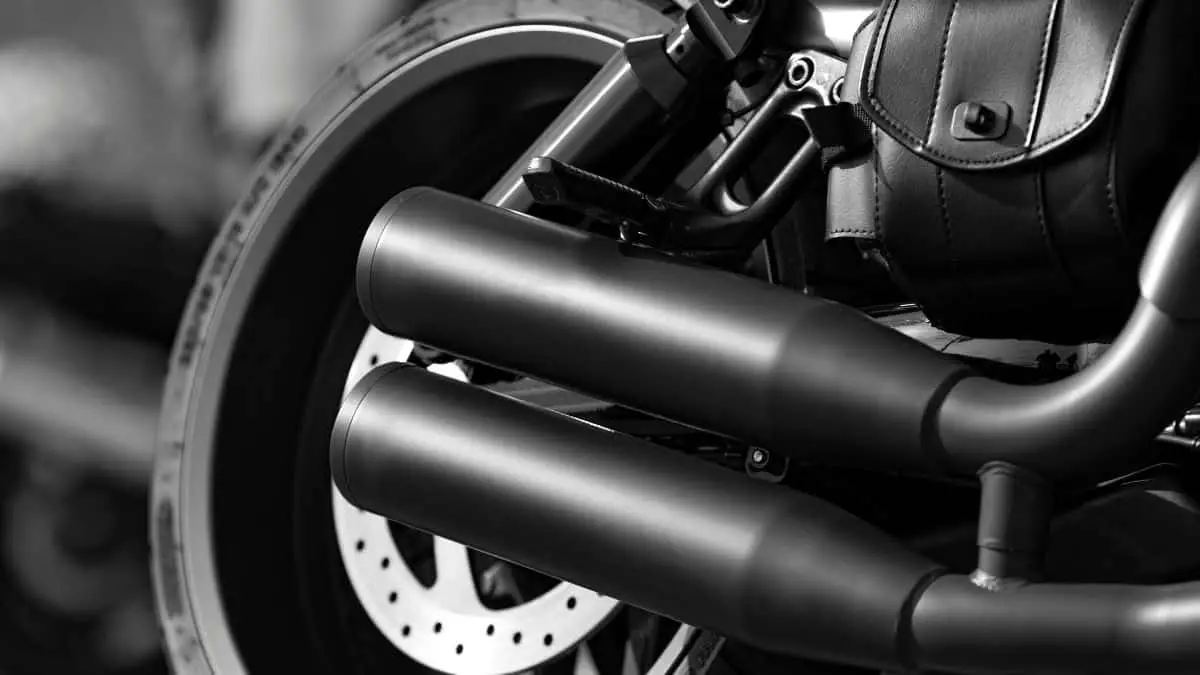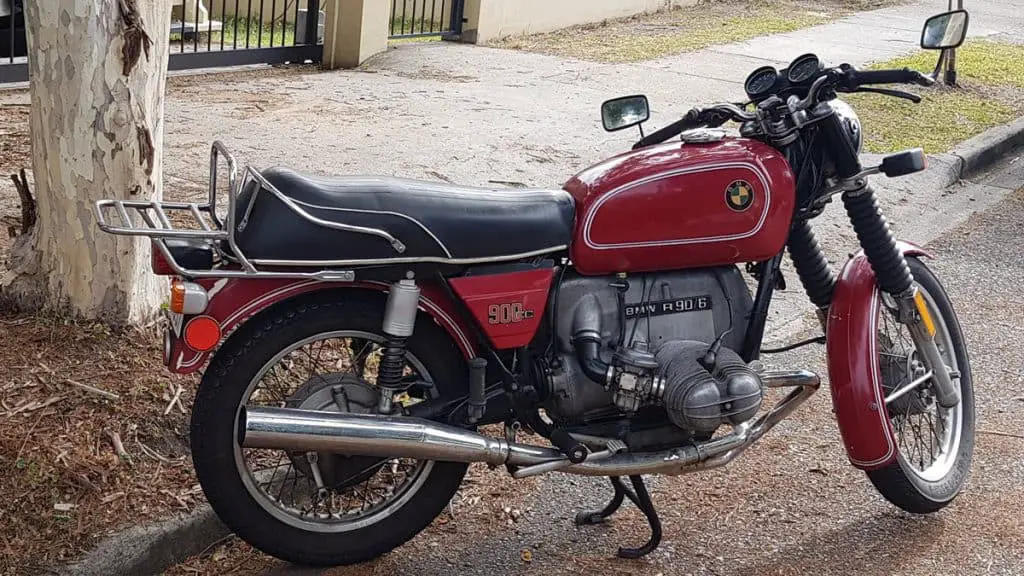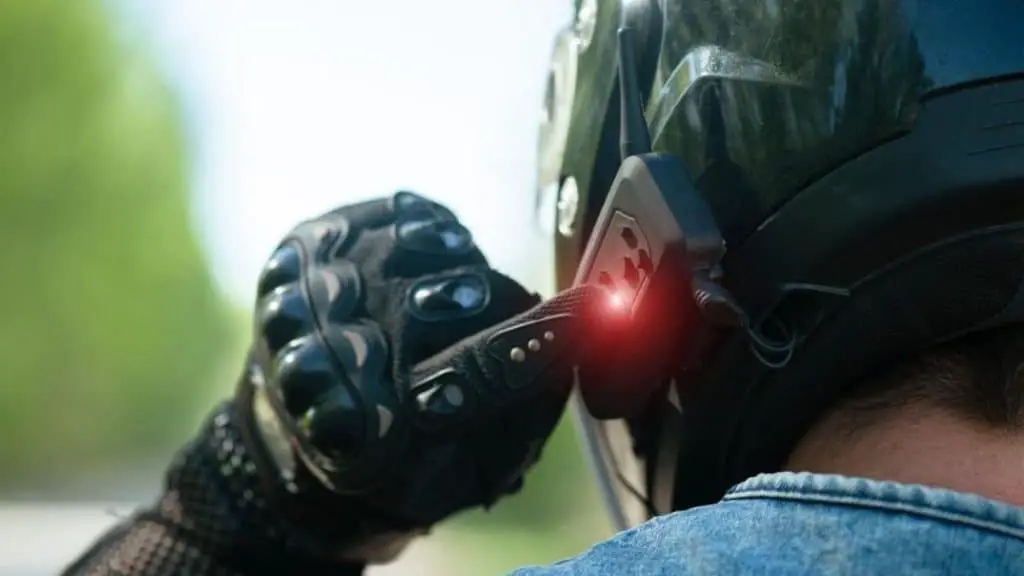Ceramic Coating Exhaust – To Coat or Not to Coat?
Honestly, speaking about motorcycle exhaust pipe modifications is like opening pandora’s box. There are so many options and technical aspects to consider that it can be a big puzzlement for simple folks like me.
Take ceramic coating for motorcycle exhaust pipes for example. They aren’t mere cosmetic upgrades that will make you the king of cool but impact your machine’s performance as well.
Chances are you have heard some conflicting views about ceramic coatings. So, before you plan on applying it, it’s best to get the facts straight.
And when performance is involved, yours truly always prefer to dig deeper.
So, let’s find out what is ceramic coating motorcycle exhaust pipes and what benefits it offers.
What is a Ceramic Coating on Motorcycle Exhaust?
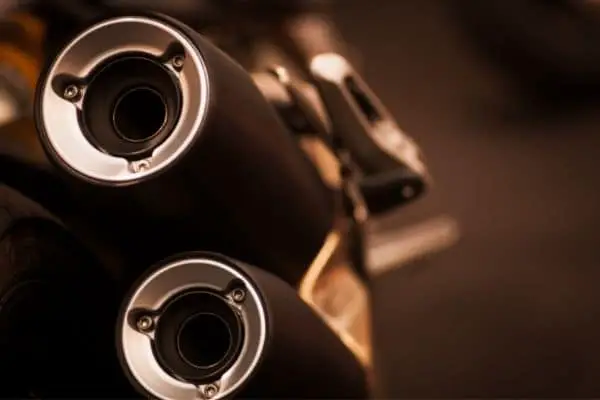
The fact is, ceramic coatings aren’t something new or some technology that aliens gifted us. They have been around for some time.
But lately, they have become more available and affordable. And undoubtedly, it’s one of the hottest trends.
So, what is ceramic coating exactly?
Once upon a time life was simple, free of stress, and… a commercial variety of ceramic coating was mostly composed of high-quality silicon dioxide. Other components included chemicals like titanium dioxide and silicon brightening particles.
At the risk of arousing the dormant nerd in you, let me say that it used nanotechnology.
This allowed the almost invisible particles in the coating to penetrate the microscopic imperfections of a solid surface. (I am talking of dimensions lesser than 100 nanometers here)
The two materials form a permanent chemical bond that was created at the molecular level.
Apart from producing a glossy shine, such a coating also protects the exhaust pipe from the elements and extends its life.
Fast forward to today, and the market is flooded with a wide variety of ceramic coatings that can easily confuse all sentient beings. There are professional coatings, DIY spray kits, and even hybrid ceramic wax.
Basically, these are liquid polymers with silicon dioxide, titanium dioxide, and chemicals like fluorinated polysilazanes. The percentage of silicon dioxide varies depending on the product.
What are the Main Types of Ceramic Coatings?
Ceramic coatings can be classified based on the temperature resistance.
- The low heat coatings usually withstand temperatures up to 1300° Fahrenheit
- The medium heat coatings can withstand up to 1600° Fahrenheit. These are the ones used for motorcycle exhaust.
- The top-rated ceramic coatings can withstand temperatures up to 2000° Fahrenheit. They are mostly used over engine internals and turbo housing for race applications.
But how do you choose the best quality ceramic coating for protection?
For that, you need to look into the hardness factor.
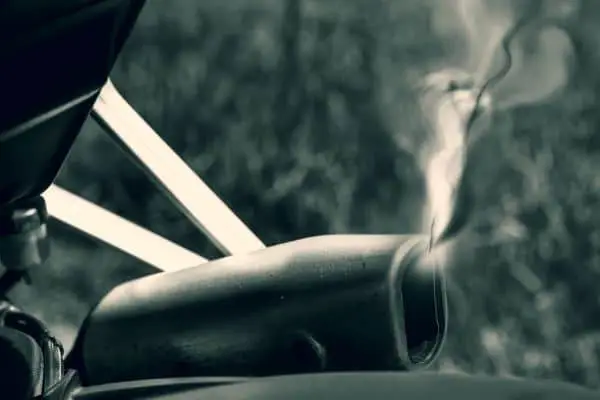
There are various grades of ceramic coatings. Most experts will tell you that ceramic coating with a 9H level of hardness is the best choice.
Now, that must be the rating on the Mohs hardness scale. That’s the one used to judge the hardness of various minerals, right?
Wrong!
Let me introduce (drumroll, please) the pencil hardness scale. That’s the scale that measures the hardness of pencil tips made from graphite. 9H is the second hardest grade one on that scale. The hardest one is 10H.
What that means is, a ceramic coating with a 9H rating will be able to resist scratching from a 9H pencil. Apparently, some brands are also producing ceramic coatings with a 10H grade hardness.
What Does Ceramic Coating Do For The Exhaust?
A ceramic coating on the motorcycle exhaust has plenty of positive impacts. Take a look.
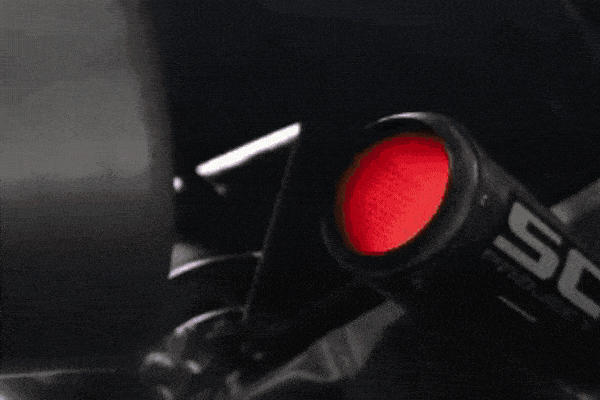
Does Applying Ceramic Coating on Exhaust Improve Performance?
That’s one question that deserves a closer look.
Firstly, the ceramic coating will help keep the temperature of the exhaust gases high by reducing heat loss. That will help them to exit the pipe smoothly and reduce back pressure. And lower back pressure will definitely help in improving the overall efficiency of the engine.
Quite simply, the ceramic coating will help the engine to inhale and exhale more efficiently. If you have a turbo, the higher speed of the exhaust gases will make it more effective.
Now, that won’t make you unleash never seen before amounts of mayhem, chaos, or speed. The overall impact might not even be noticeable.
Still, reduced back pressure, even by a small amount, is always a good thing.
What are the Downsides of a Ceramic Coated Motorcycle Exhaust?
When you look deep enough, perhaps nothing is entirely good. That goes for ceramic coating too.
First off, ceramic coating the motorcycle exhaust isn’t cheap. The price will depend on the type of coating you choose. The high-temperature resistant coats are the costliest ones. The total area covered by the coating will also affect the final cost.
Based on the above factors, the ceramic coating of exhaust cost can range from $200 to $1000 or more.
Ok, so you have ceramic coated the motorcycle exhaust. Does that mean you can say goodbye to the hands-on approach when it comes to cleaning?
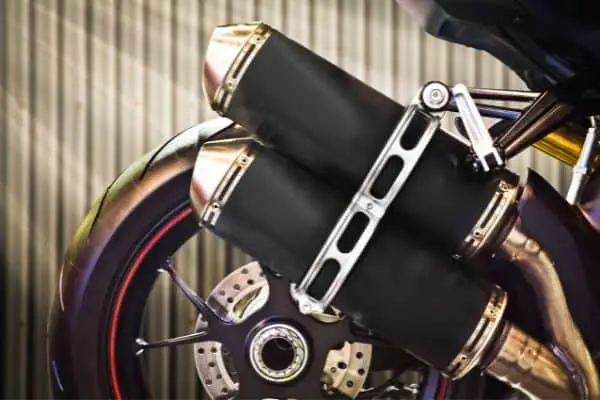
Not necessarily. Even though the coating is hydrophobic, the evaporated water will leave ugly spots on the glossy surface. That means you will need to pay more attention to cleaning the motorcycle.
Remember, a ceramic coating is not some magical potion that will protect your exhaust assembly from Hulk attacks.
So, it may not prevent scratches from those darned rock chips. It does add some surface hardness to prevent micro-scratches, but it isn’t that strong.
In a nutshell, after weighing the ceramic coating exhaust pros and cons, I wouldn’t hesitate to give it a thumbs up.
How do You Apply Ceramic Coating to Motorcycle Exhaust?
Frankly. if you want your motorcycle exhaust to look the best, get the ceramic coating done by a professional. (With my skills, I will choose a torque wrench any day over a spray gun)
But if you’re on a budget, a DIY option will definitely save you some money.
Here are the steps:
Note, in most cases, the paint is applied in multiple layers to make it more effective. However, in most cases, two layers are best.
The modern coatings come with better formulations that make even a single layer perform better. So, too much layering of motorcycle exhaust ceramic coatings doesn’t make much sense.
Related post: What Are Exhaust Wraps & What Do They Do [Plus Pros & Cons]
Frequently Asked Questions
Does ceramic coating exhaust really work?
If you want to retain the glossy look of your motorcycle for years, ceramic coating is a great choice. As a bonus, it can also improve the engine performance to some extent.
Can you ceramic coat motorcycle engine?
In reality, you can apply ceramic coating to every part of the motorcycle other than the leather and the glass elements. But if you’re thinking of coating the engine internals, take professional advice.
Is ceramic coating better than exhaust wrap?
Ceramic coatings offer better durability and aesthetics than exhaust wraps. They also result in more heat retention in the exhaust pipes. If budget is not a constraint, go for ceramic coating.

